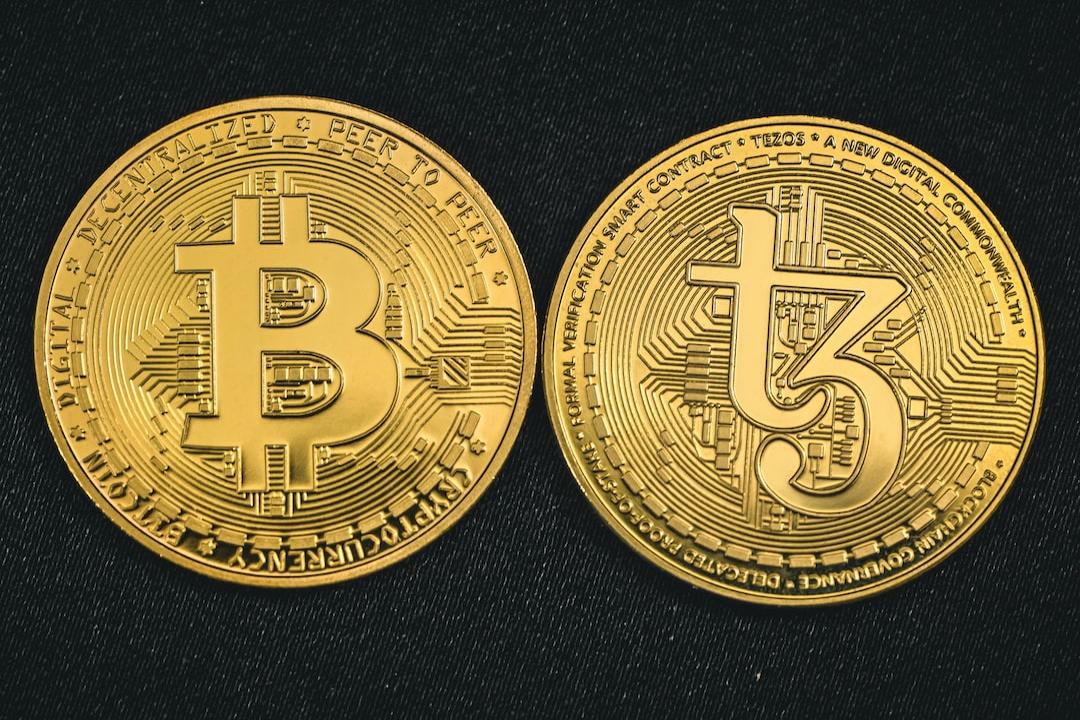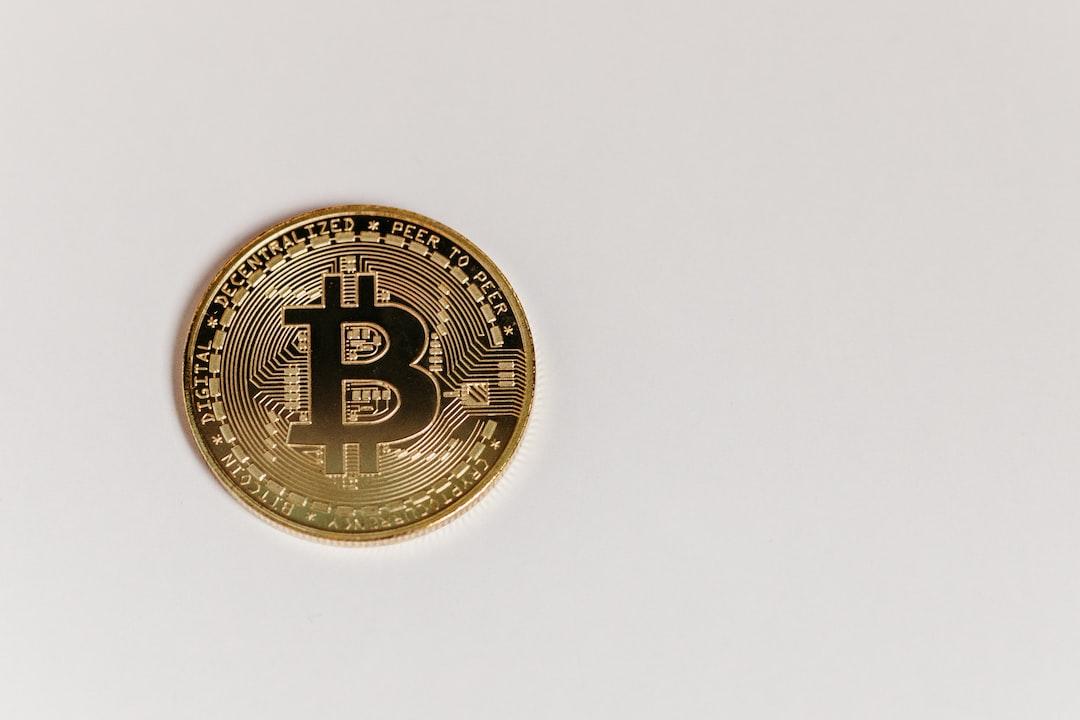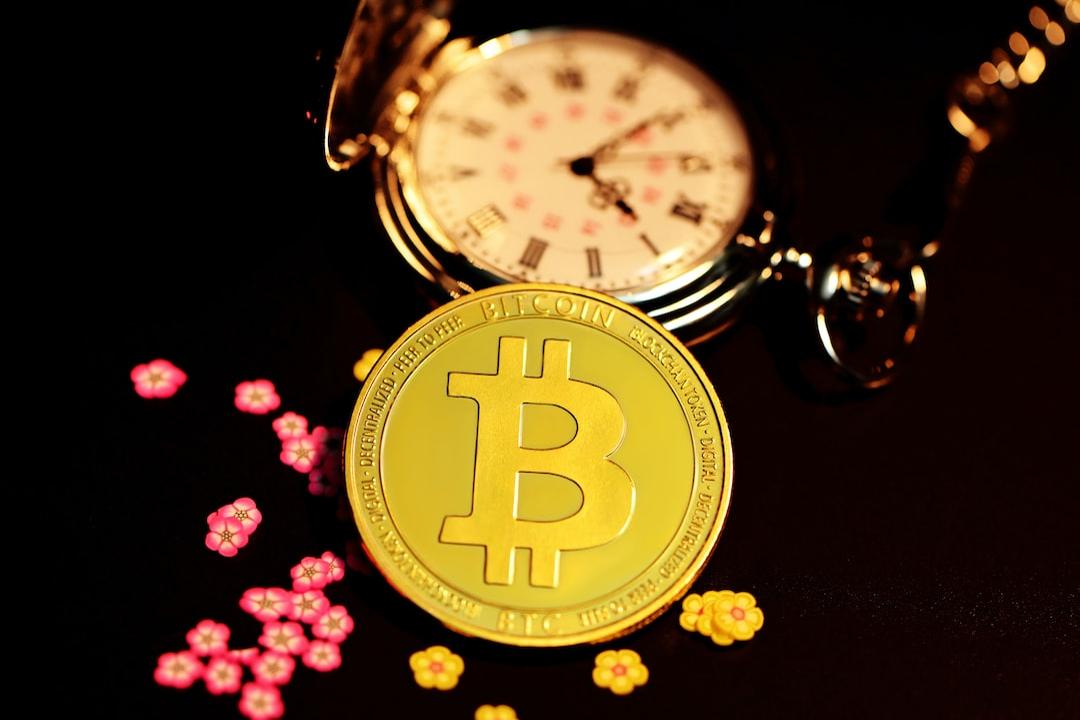As Trump Intensifies Trade War, Gold Prices Surge to $3,073
As President Trump continues to escalate the trade war, gold prices climbed to $3,073 on Friday, once again setting a new historical high. Goldman Sachs also released a research report, raising its gold price target for the end of 2025 from $3,100 to $3,300, citing stronger-than-expected ETF inflows and ongoing demand from central banks.
(Background: Bloomberg Analysts: Bitcoin Currently Overvalued Compared to Gold, May Face Severe Decline)
(Context: BlackRock: Bitcoin is Not a Risk Asset, Its Positioning as Digital Gold Will Become Clearer)
On Wednesday, U.S. President Trump announced a 25% tariff on imported cars and light trucks not manufactured in the U.S., along with expected reciprocal tariffs to be announced on April 2. This has stimulated safe-haven demand, pushing spot gold prices up to $3,073 on Friday, setting a new historical high.

Aakash Doshi, head of gold strategy at State Street Global Advisors, analyzed that ETF buying from North American investors is one of the key drivers behind gold’s strong performance this year. The uncertainty in policy and geopolitical situations is prompting particularly North American investors to reassess growth and inflation prospects. This uncertainty is bullish for gold, and we are beginning to see some funds being reallocated from stocks and long-term government bonds to gold.
Goldman Sachs Raises Gold Price Target for 2025
As gold continues to show strength, Goldman Sachs released a report on Wednesday, raising its gold price forecast for the end of 2025 from $3,100 to $3,300 per ounce, due to stronger-than-expected ETF inflows and ongoing central bank purchasing demand.
Goldman Sachs also adjusted its forecast range from the previous $3,100 to $3,300 to a new range of $3,250 to $3,520. The firm expects major Asian central banks to continue aggressively purchasing gold over the next three to six years to meet their projected gold reserve targets.
Goldman Sachs has raised its assumption for central bank gold demand from 50 tons per month to 70 tons per month, due to increased uncertainty in U.S. policies and expectations that China may continue large-scale purchases over the next three to six years:
Regarding gold ETFs, the bank’s U.S. economists expect the Federal Reserve to cut interest rates twice in 2025, each by 25 basis points, and to cut rates again in the first half of 2026, supporting our basic expectations for ETF inflows.
Goldman Sachs believes there are two potential upside factors for the ETF market:
- If a recession triggers a more aggressive rate-cutting cycle by the Fed, gold prices could rise to $3,410 per ounce by the end of 2025.
- If investor demand for safe-haven assets increases, pushing ETF holdings back to pandemic-era highs, gold prices could reach $3,680 per ounce by the end of 2025.
Goldman Sachs reiterates its “long gold” trading recommendation while also pointing out two potential entry points that may become more attractive:
- If a peace agreement is reached between Russia and Ukraine, this could trigger short-term speculative selling, but it is unlikely to have a lasting impact on global gold supply and demand.
- If the stock market experiences a severe sell-off, leading to forced liquidation of gold under leveraged margin pressure, this situation would be temporary, as speculative positions would be replenished with rising market uncertainty, while structural demand from central banks and ETFs would remain solid.


